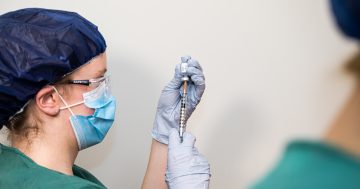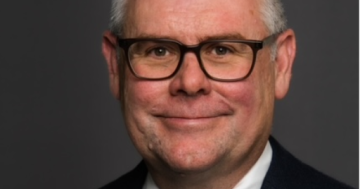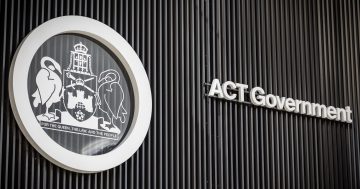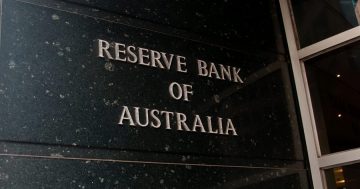
The national gender pay gap is at a record low. Photo: File.
Australia has its lowest national gender pay gap on record, falling to 11.5 per cent and showing women’s average weekly earnings have increased by $173.80 a week since May 2022
New data released by the Australian Bureau of Statistics shows the national gender pay gap dropped half a percentage point from 12 per cent in November 2023, which had fallen from 14.1 per cent in May 2022.
ABS’s head of labour statistics, Kate Lamb, said pay increases in the female-dominated education and training industry underpinned the narrowing in the gap in May 2024.
“This was the fourth six-monthly drop in the gender pay gap in a row, down to a new record low of 11.5 per cent,” she said.
Average earnings for part-time employees also saw strong growth over the past year, reflected in average earnings for all employees rising by 5.8 per cent in May 2024.
“The gender pay gap for all employees, including both full-time and part-time employees, is much larger than the full-time measure, with women more likely to work part-time,” Ms Lamb said.
“The gender pay gap for all employees also dropped to a record low of 27.7 per cent in May 2024, down from 28.0 per cent in November 2023.”
The Federal Government is patting itself on the back over the new figures, saying Labor’s commitment to closing the gender pay gap was producing results.
“We came to government with a commitment to help close the gender pay gap, and that’s exactly what we’re seeing,” Prime Minister Anthony Albanese said.
“That’s not a coincidence. It’s because the government has taken action like banning pay secrecy clauses, modernising the bargaining system, enforcing transparent gender pay gap reporting and delivering pay rises for aged care and child care workers.”
Minister for Women Katy Gallagher said closing the gender pay gap means women are taking home more money at the end of each week.
“Whether it be by boosting the pay of early childhood educators and aged care workers by 15 per cent, backing a pay rise for minimum wage workers or banning pay secrecy clauses, Labor is doing work right across the economy to lift women’s pay,” she said.
“This progress isn’t just good for women – it’s also good for men, good for children, good for the economy and good for the community.
“Closing the gender pay gap is a key ambition of Working for Women: A Strategy for Gender Equality because we know that it is both a driver and a result of inequality. We know there is still work to do and we will keep going.
“As well as the lowest gender pay gap on record, we now also have reached a record high for women’s workforce participation at 63.2 per cent.”
At the same time, however, growth in average weekly ordinary time earnings for full-time adults slowed to $1,923.40 in May 2024, according to the ABS’s seasonally adjusted figures released on Thursday (15 August).
Ms Lamb said average weekly earnings growth over the six months to May 2024 was 1.8 per cent, which is about two-thirds of the 2.8 per cent growth seen over the six months to November 2023.
“While growth in average weekly earnings slowed over the first half of 2024, we still saw relatively strong annual growth to May 2024 of 4.6 per cent, or an extra $85 a week,” she said.
“This was slightly higher than the 4.5 per cent or $81 in the year to November 2023,” Ms Lamb said.
“This growth was underpinned by rises in both the private and public sectors, which both grew by 4.6 per cent annually.”
The seasonally adjusted unemployment rate rose 0.1 percentage point to 4.2 per cent in July, according to the latest ABS data.
“Although the unemployment rate increased by 0.1 percentage point in each of the past two months, the record high participation rate and near record high employment-to-population ratio shows that there continues to be a high number of people in jobs, and looking for and finding jobs,” Ms Lamb said.
“While unemployment increased to 637,000 people in July, the highest it has been since November 2021, it remains around 70,000 people below its pre-pandemic level.
“The unemployment rate of 4.2 per cent was also the highest since November 2021, but was 1.0 percentage point lower than March 2020.”
Original Article published by Chris Johnson on Riotact.











